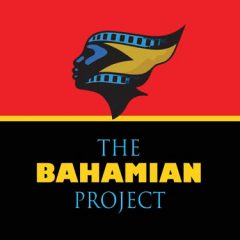Read part one of Nic & Jane’s North Eleuthera Adventure here
Up and At It
Part two of our Eleutheran Odyssey and we were up at dawn to welcome the sun again as it slowly illuminated our morning.
Our hosts Robert Thompson and partner Tiffany were full of helpful information about the best views, interesting people and places to visit.
We were all more than a little impressed at what the couple had created at Daddy Joe’s Restaurant and Inn — every need was thought of and well met.
It was obvious that this attention to detail and the very personable service offered was reaping rewards.
Already up and running for 15 years, and having survived storms, hurricanes and the economic crisis of COVID, Daddy Joe’s looked set for a successful future—yet another bright and positive story from our time in North Eleuthera.
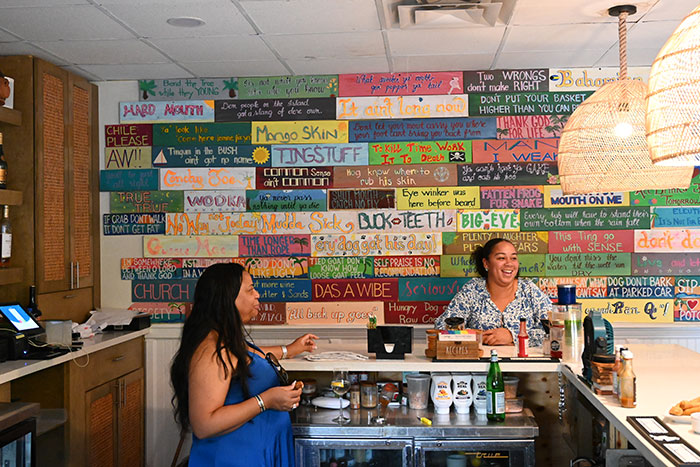
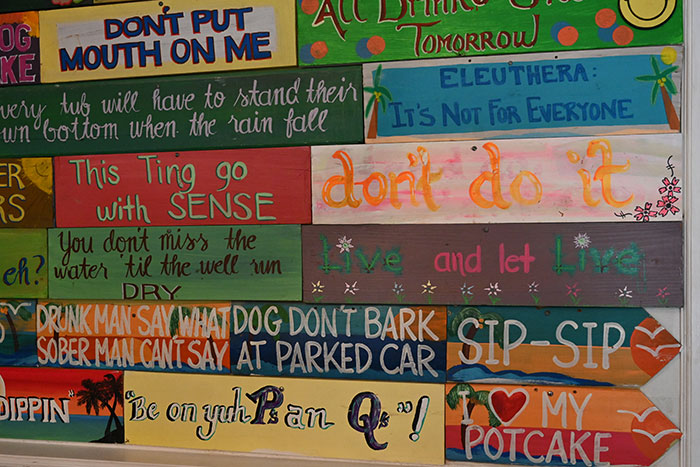
Gorgeous Gregory Town
On Robert’s advice, we made our way to the top of the hill to admire the view across Gregory Town from the front of an ice-cream-pink house where we bumped into his brother, Bruno Thompson.
Again, we had history.
It was Bruno, now 77 and a half years old, who had worked at the family store and gas station all those years ago, so we had a lot of catching up to do.
Enticed by the charming town below, we bid him farewell and went back down the hill.
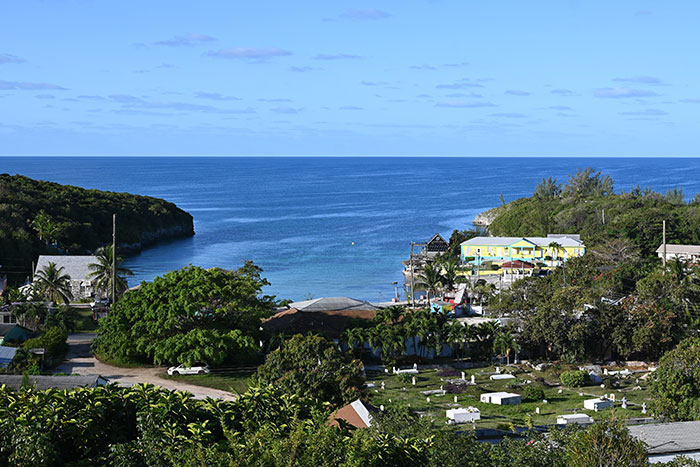
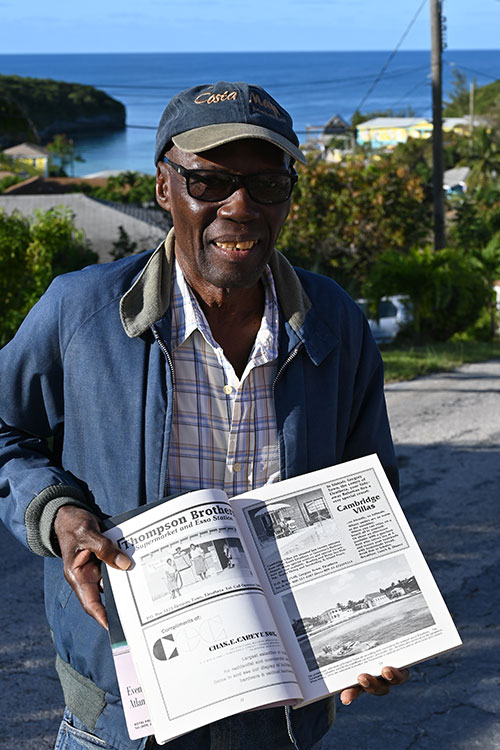
There cannot be a prettier Primary School than that of Gregory Town.
Perched right next to the dazzling blue water beyond the cove, it’s hard to imagine anyone concentrating on classes with a view like that.
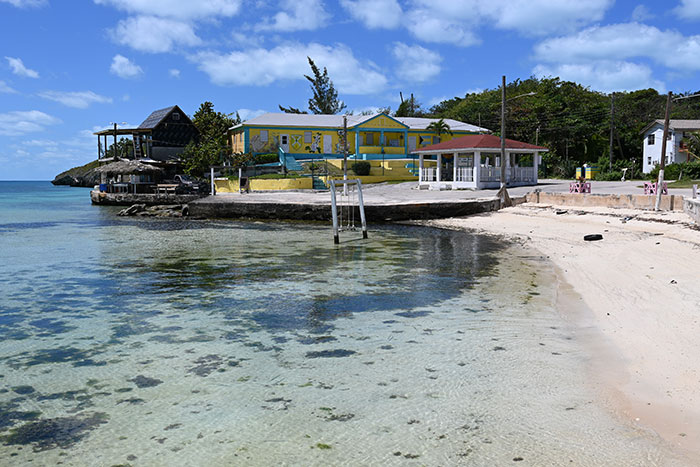
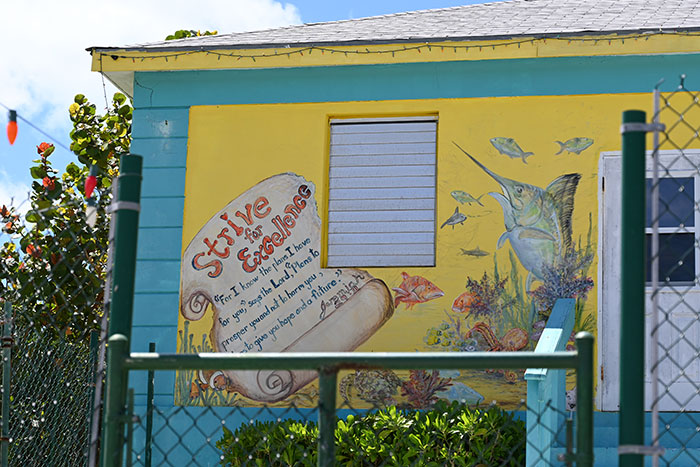
The nearby play park is also a thing of wonder; what better use for an old fire engine than for the base of a play park? In the distance, someone was hard at work with a hammer. We found David and his team busy fixing up the second storey of Pitman Cove Seafood.
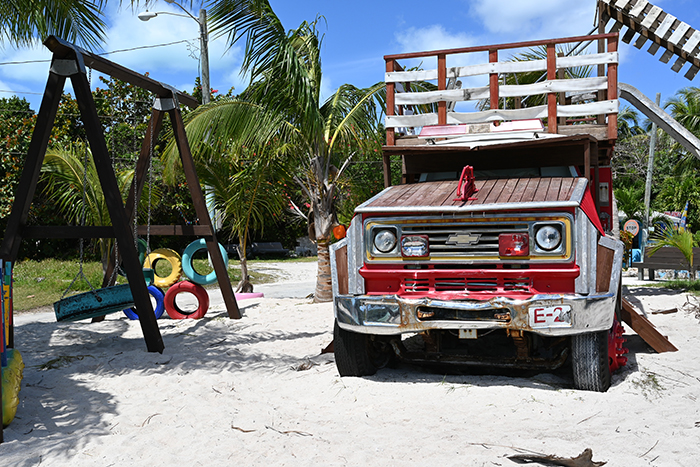
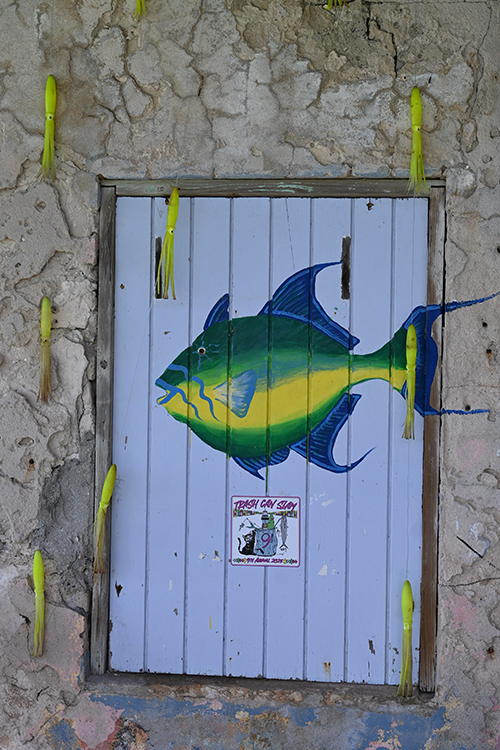
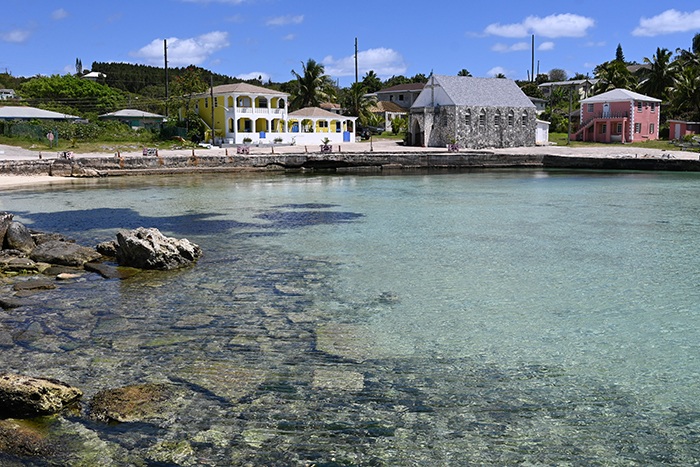
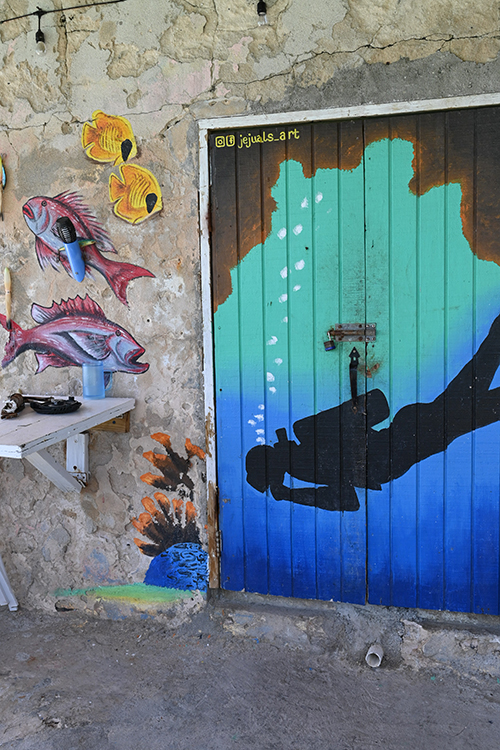
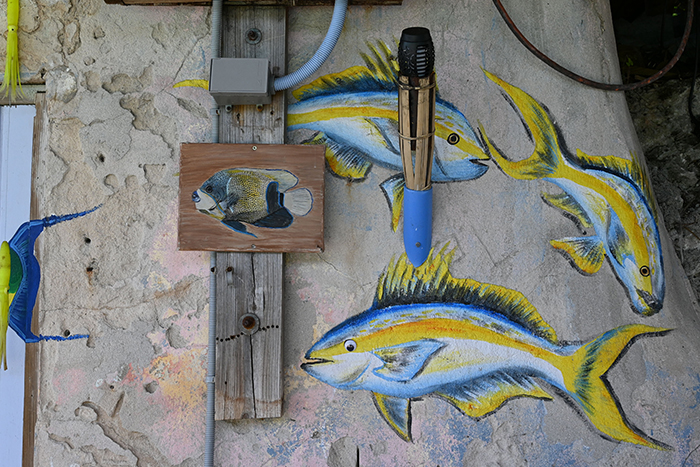
An unusual sight was a gaggle of young American students being led by their teacher. They were making their way to a small but charming shop just beyond the bay and we soon discovered they were all part of the Island School, situated in the south.
The programme gives young people the opportunity to learn from the Bahamian environment and rub shoulders with researchers involved in many aspects of environmental sustainability.
But today, they were shopping.
The Island Made Gift Shop was the ideal destination for trinkets and reminders of their stay and for me it was an opportunity to buy some of the iconic Androsia which was on sale by the yard. The pineapple batik was a welcome reminder of Eleuthera’s long connection to this tropical delight.
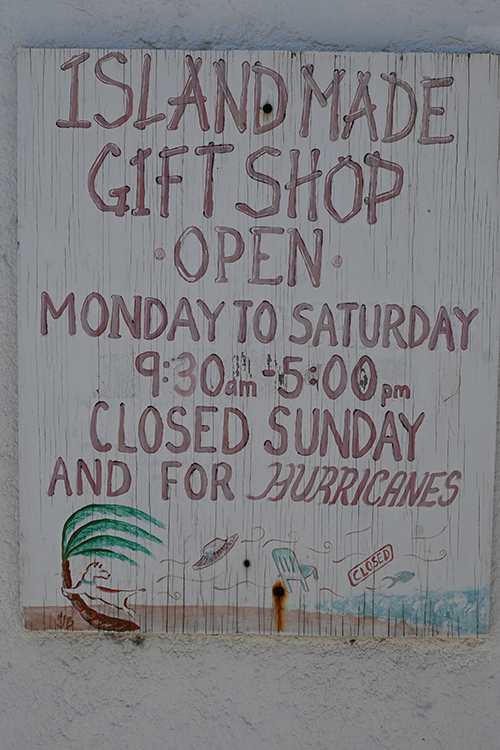
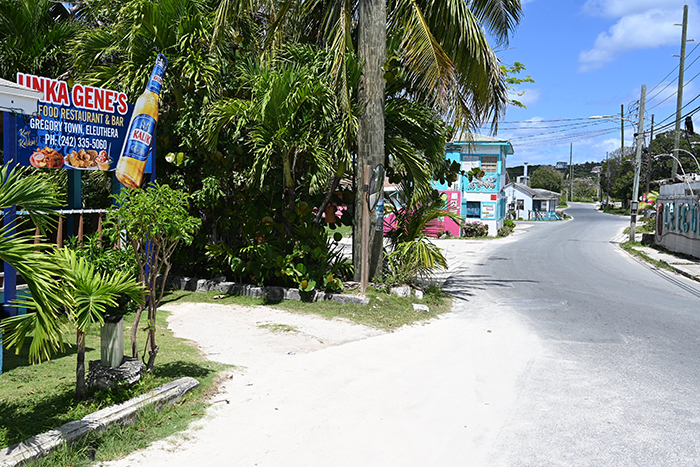
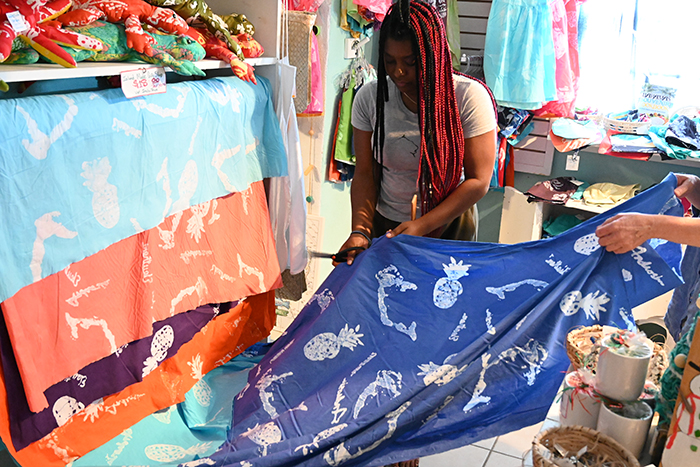
Hatchet Bay and the Hurricane
You would hope that a ‘Hurricane Hole’ would do what it claimed; keep you safe from the ravages of a hurricane. But, Hatchet Bay — despite its tiny entrance and wrap-around cove — could not save the many boats lost during Hurricane Andrew.
Everyone who lived through it knows what they were doing and where they were when it hit; “Sunday afternoon, August 23rd, 1992” said Robert, our host.
A week after the hurricane, and having got off very lightly in Nassau, we set off to Eleuthera to see if there was anything we could do to help.
Landing by ferry in Governor’s Harbour, we headed in our jeep up to Hatchet Bay. At the back of the harbour, stacked one on top of another like a pile of toys that have been hastily tidied in a corner, lay millions of dollars-worth of mangled yachts.
It was a bizarre sight — shiny, brand new vessels crushed and contorted, their contents abandoned. It was an easy and guilt free decision to make; imagining that, should their insurance work, the owners would get compensation, if there were any practical items we could find to redistribute to communities in need we would do so.
We piled up cooking pots, silverware, kettles and pans and set off for The Current.
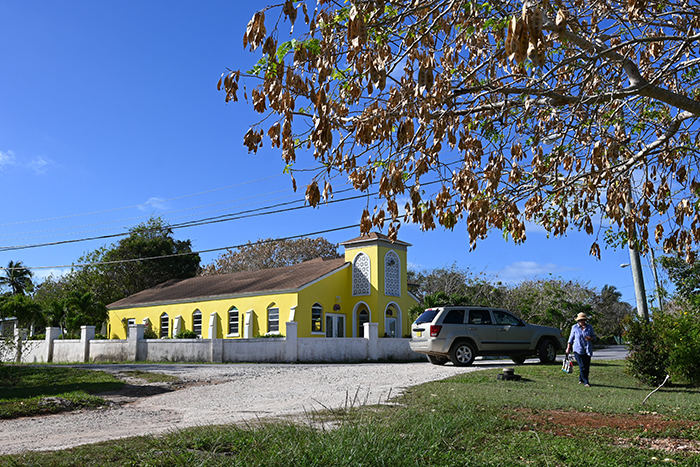
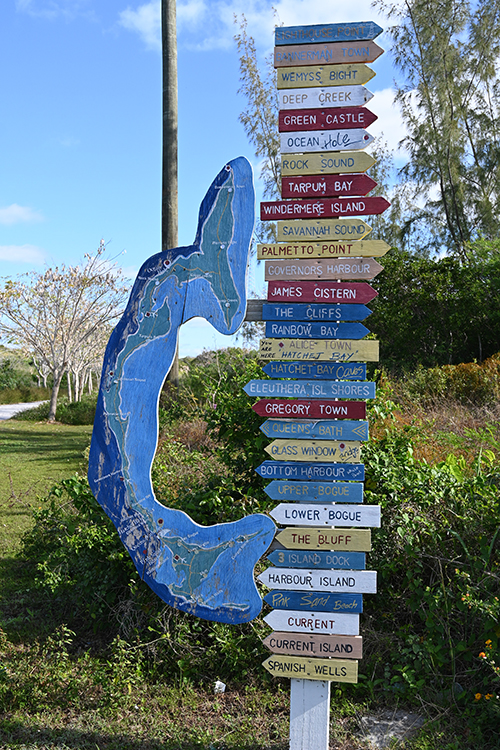
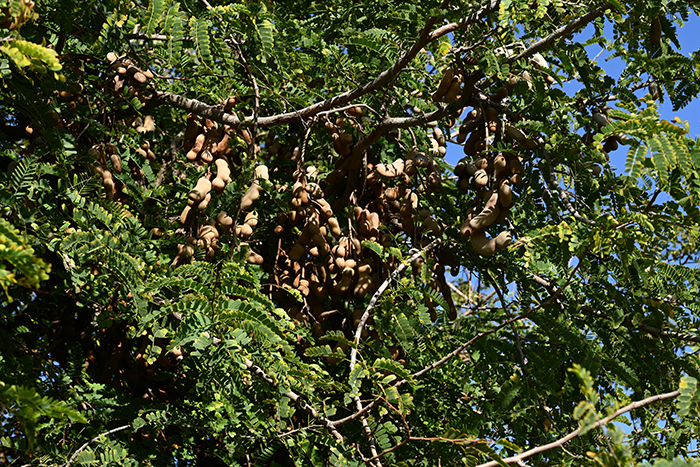
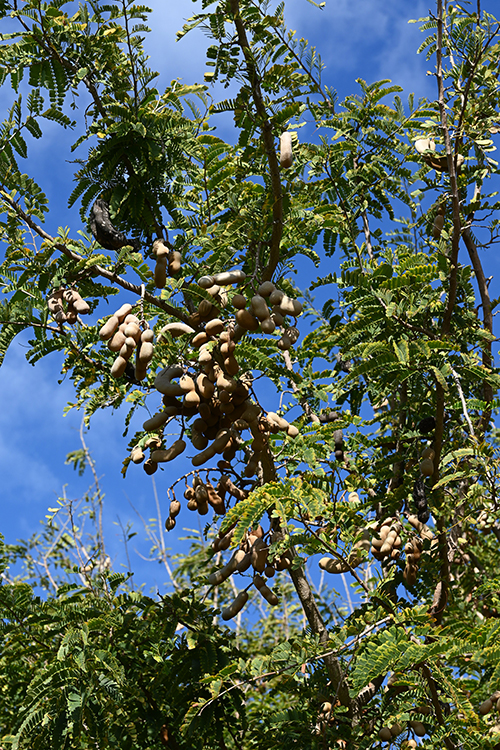
Seeing Hatchet Bay looking so tranquil and serene today from the shade of a ripe tamarind tree was a joy. The neat colourful houses in this quiet village show no signs of what they have endured, but stories of Andrew are as vivid as ever for its survivors.
Cool Off In The Cave
The signage to the cave is very clear.
And you get exactly what it says on the tin – a cool underground cavern with pillars of limestone deposits and the odd glimpse of the resident bat population. Its temperature is a relief in the rising heat of the day.
Visitors have, unashamedly, daubed the walls with their names, even their birth dates, so it would be easy to find the culprits.
Perhaps it’s not so much vandalism but a homage to the cave to leave your mark?
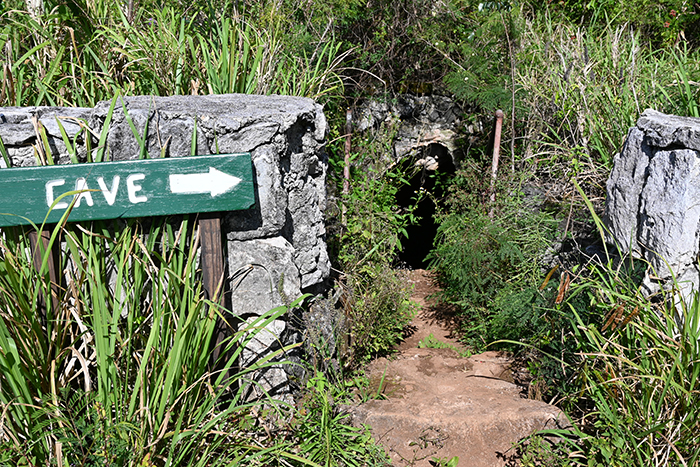
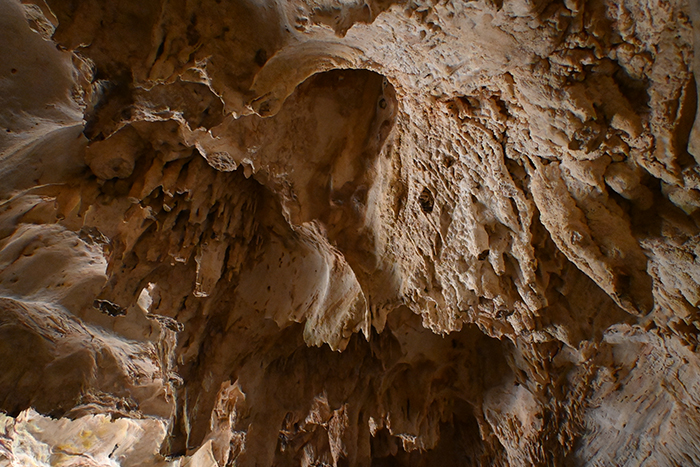
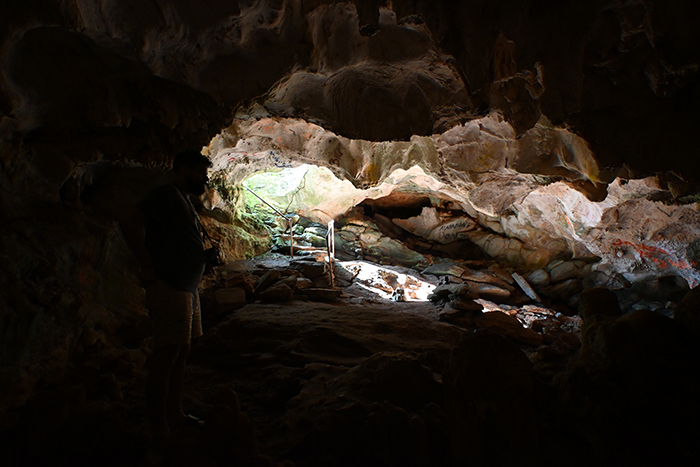
Surf’s Up!
Equally easy to find, but not so easy on the rental car (sorry Mr Bones!) was Surfer’s Beach.
We parked up as soon as we realised the road started to look like a set of snow moguls and walked the last bit. The view we met was literally breathtaking.
Across the dense new growth of sea grape leaves, we saw the wide sandy beach and a lone surfer enjoying the challenge of catching a ride on the breakers. It was a stunning sight and, as we sat in the comfortable rusty framed chairs in the windswept shelter, we understood why this is such a draw for the surfing community.
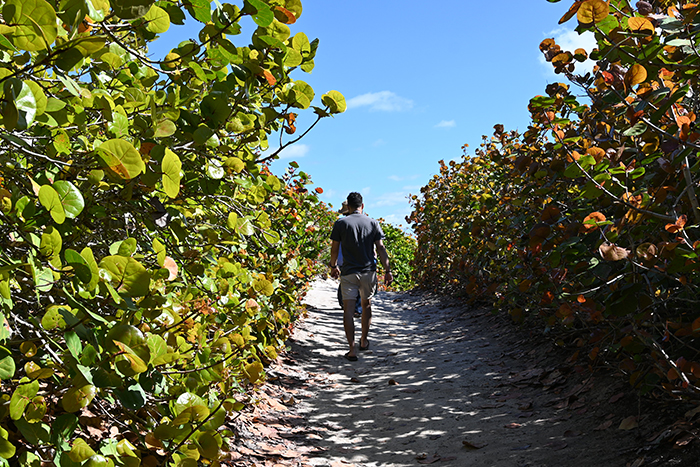
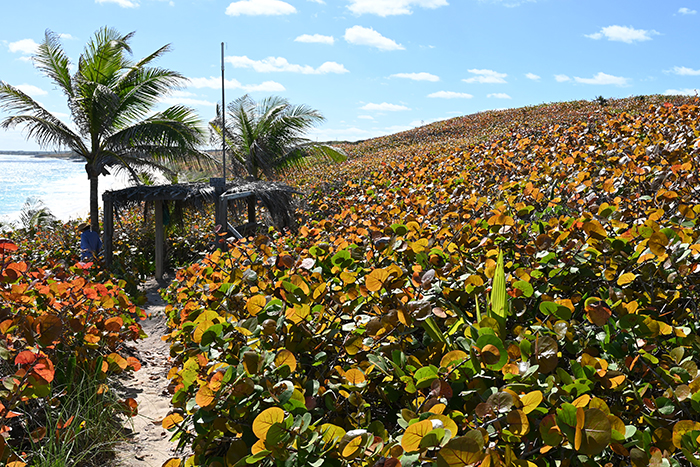
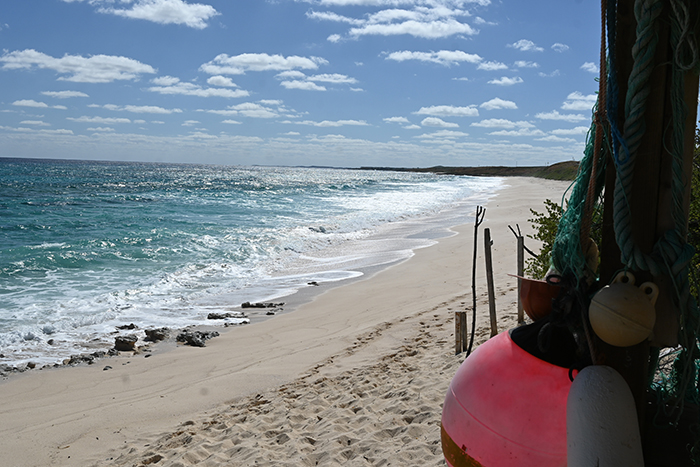
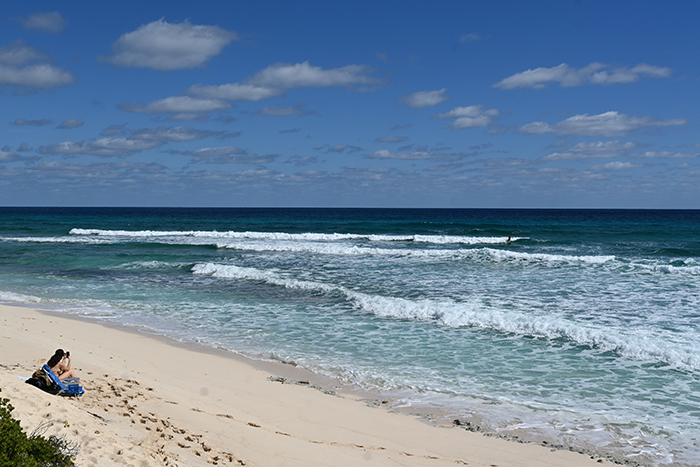
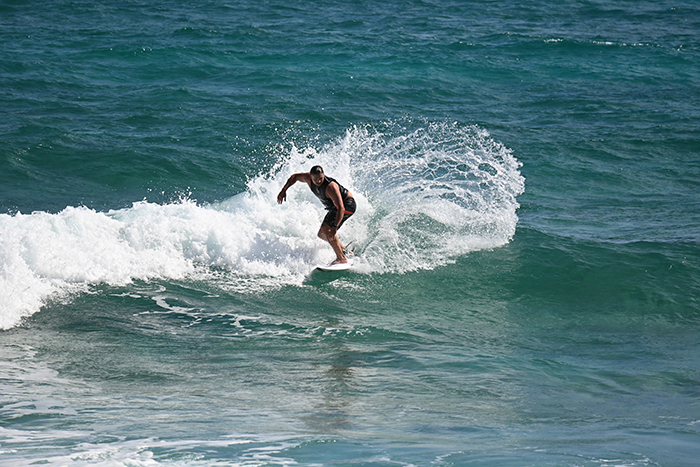
Prestigious Pineapples at the Eleuthera Pineapple Farm
In the times of Queen Victoria, the pineapple was the epitome of prestige. She even had her gardeners attempt their production in a specially heated green house on the Isle of Wight, UK.
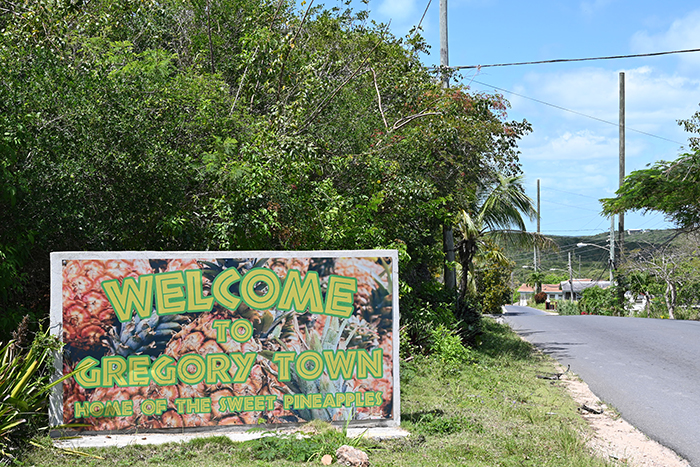
Pineapple shapes adorned the lids of tableware and there were pineapple references in decorative features around her homes.
And at the heart of pineapple-mania was Eleuthera.
By 1885, the Bahamas was exporting up to a million of the fruits, which take 18 months to mature and grow singly on a spiky plant. They are a slow-burn crop with a very short season and Eleuthera provides their perfect climate.
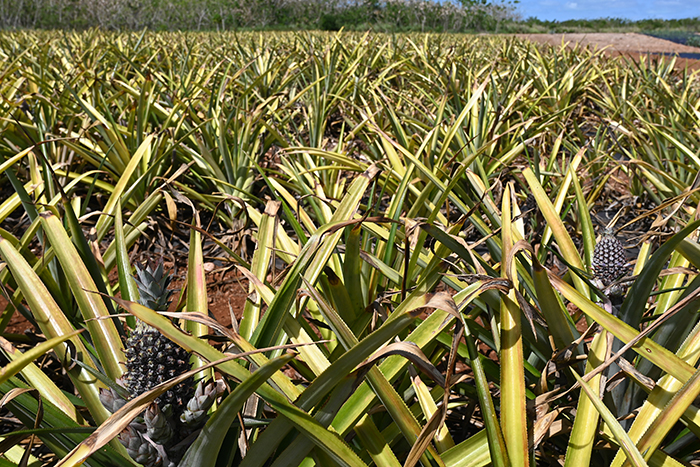
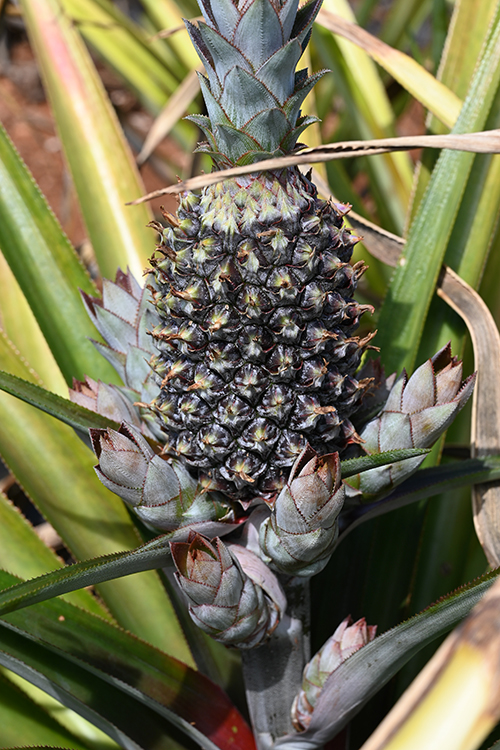
Just north of the cave we found Mr Haldore Russell in his pineapple field.
He had just finished his second guided tour of the morning and graciously gave us his time to explore the pristine show farm he and his family have created.
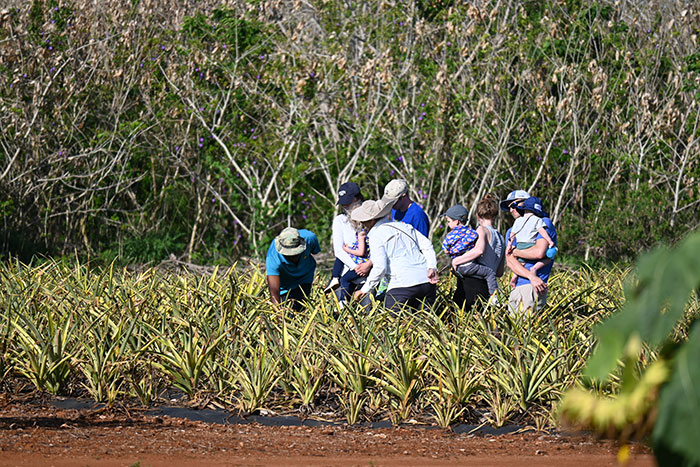
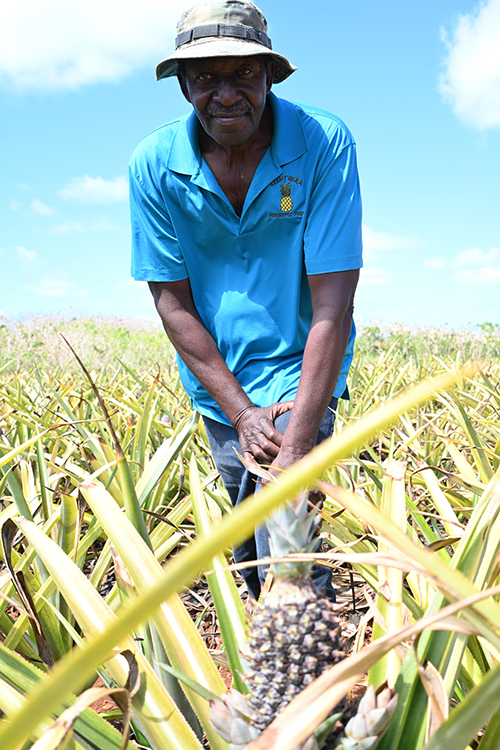
Haldore and Jacqueline Russell have been farming for more than 20 years, predominantly further south in Palmetto Point. They have a successful farm there producing some 10,000 pineapples and a wide range of vegetables for market.
That is their ‘commercial’ farm.
Here, in the shade of the old silage towers, they have established something of a showcase for farming. Encouraged by their children to diversify, the farm gives visiting tourists a well organised space in which to experience the variety of crops this land can nurture.
But the pineapple is the star of the show.
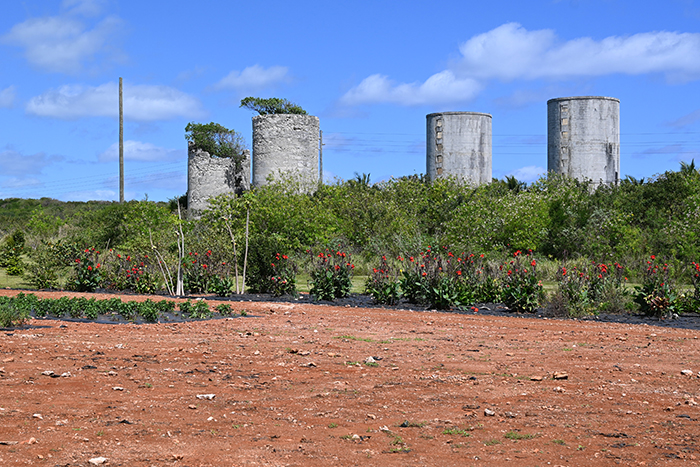
Mr Russell explained the tour: groups are given plenty of time to be guided through the various areas — pineapples, the vegetable garden, native tropical fruit trees and the flower garden.
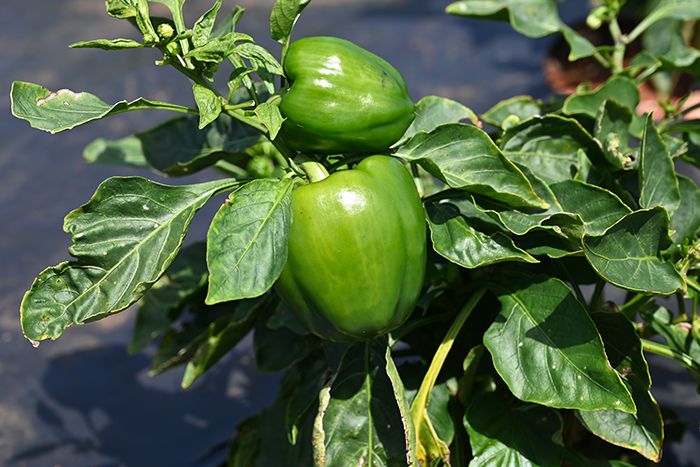
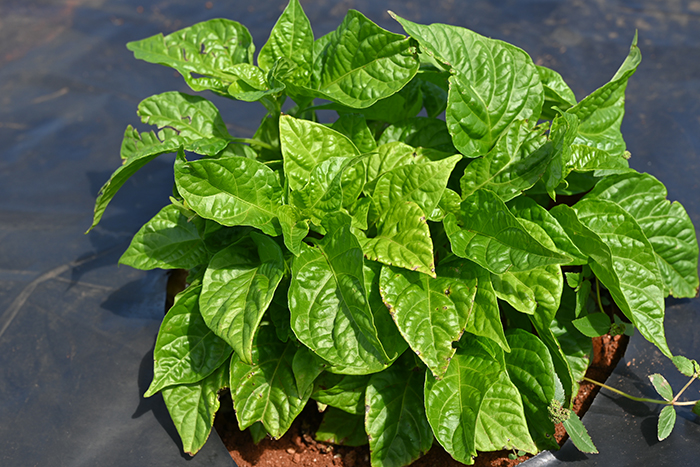
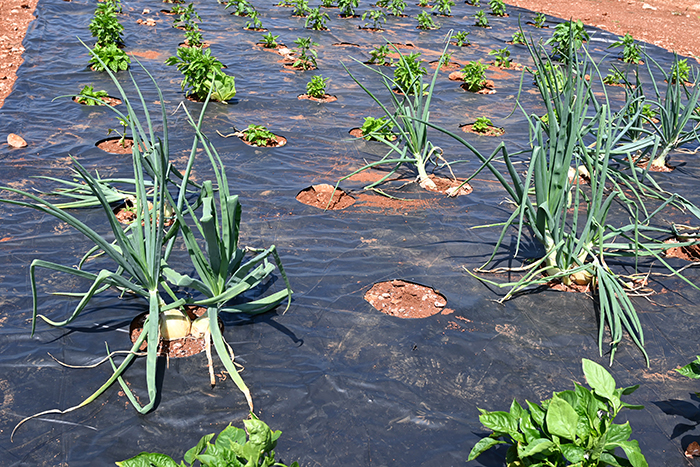
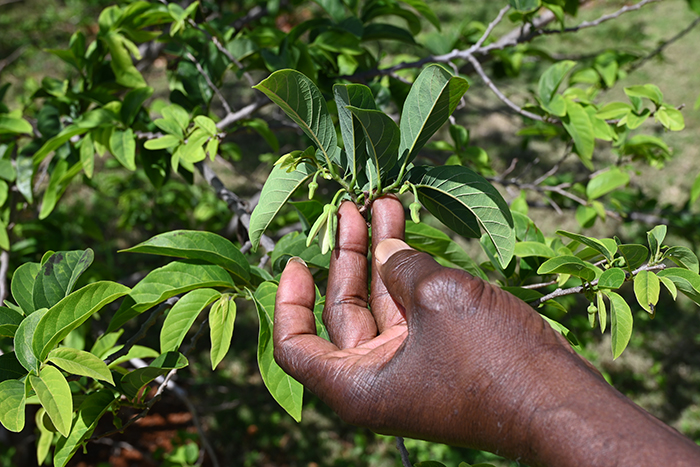
The youngest visitors love playing on the soft, immaculately kept turf and exploring the cool shade beneath the banana and plantain leaves. There are exciting plans ahead — a café and selling space for some of the exotic flowering plants will be coming soon.
Mr Russell took me on a tour of his native fruit trees. Having all the classics in one place was such a simple but clever idea. We looked at the plums first; scarlet plums with their unusual fruit that look as if they’re stuck along the branches, pidgeon and cocoa plum, as yet to fruit.
Mango, guava and soursop were growing too — the soursop was carrying young fruit. Also known as the Tree of Life, the tea made from an infusion of its leaves is famed for its ability to cure a whole range of ailments.
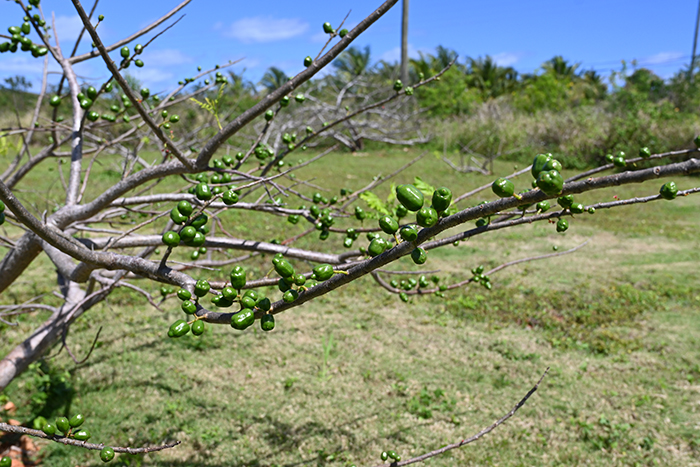
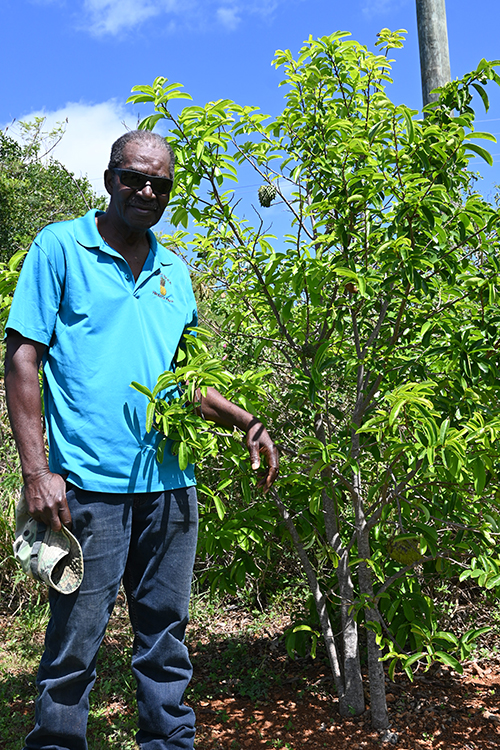
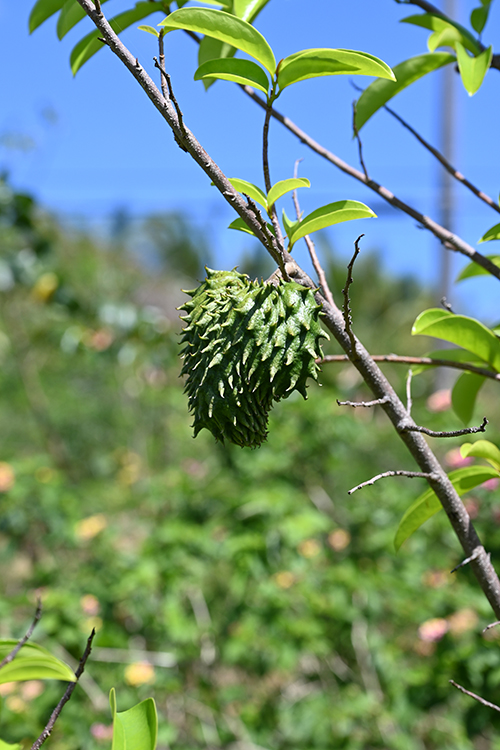
The Eleuthera Pineapple Farm is very much a family business.
Although down in Palmetto Point tending to the main farm, Mrs Jacqueline Russell was keen to be part of our conversation and we talked to her by phone from beneath the banana leaves. The family’s excitement and positivity for this new venture was clear.
We can’t wait to come back and see how it develops.
Life in the Queen’s Bath
By now we were addled with facts, impossibly beautiful vistas and the trials of the long straight road that runs like a backbone up the island.
It was time to cool off, so what better place than the Queen’s Bath.
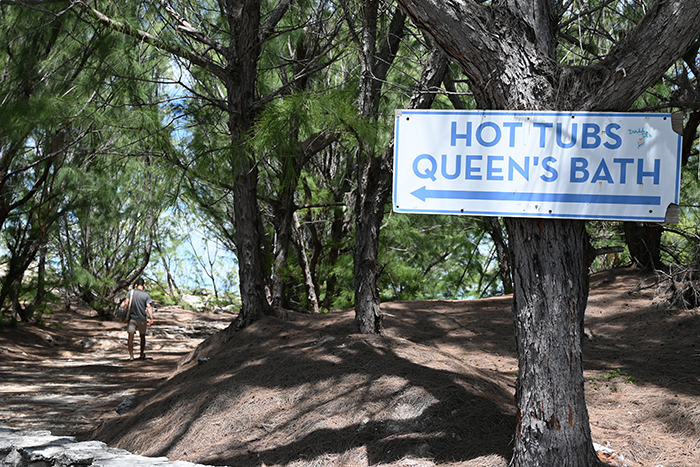
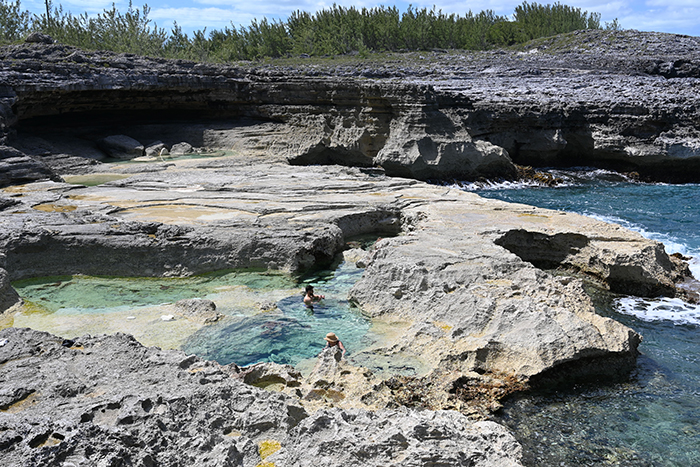
The pitted limestone requires decent footwear and good balance, but the reward at the end of your clambering is sublime. Just south of the Glass Window on the Ocean Side, the waves have carved out a series of pools which are home to many tiny lives; armour plated chiton clinging to the rocks, delicate tube worms, their lemon yellow ‘umbrellas’ catching passing food and a busy shoal of juvenile sergeant major fish, each one smaller than a thumb nail.
It was a place to marvel at the variety of life in this one small space without distraction. It was a place to move in slow motion, being aware of the delicate nature of the inhabitants.
But evening was approaching and we still hadn’t been to The Current!
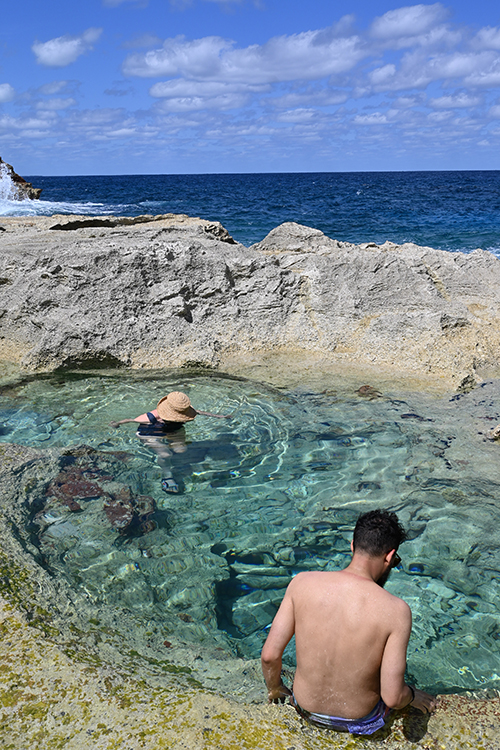
The Current Revisited
It was in early September of 1992 when we last saw The Current.
Hurricane Andrew had done its worst and the thin finger of land had been devastated. Sixty or so homes were completely destroyed, along with the possessions of entire families. Our cargo of pots and pans and household items from Hatchet Bay were destined for The Current and its residents.
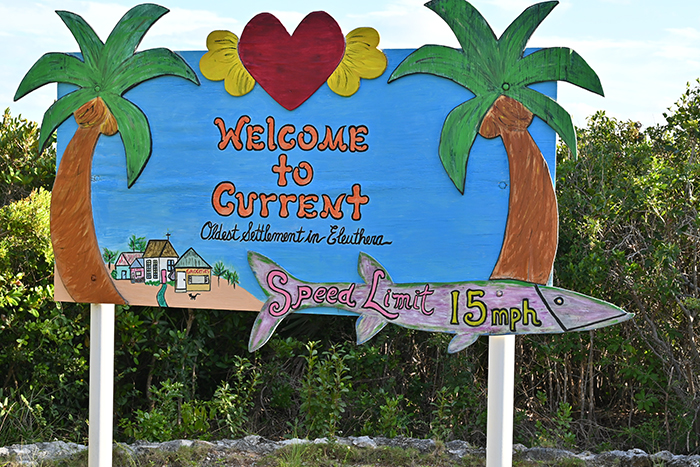
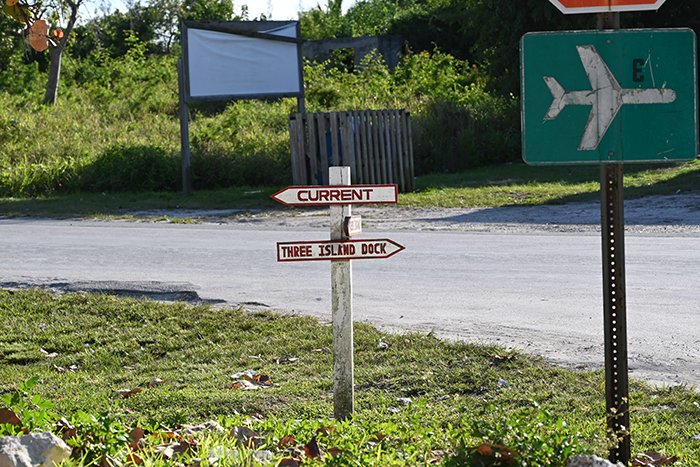
But why Current?
One of the most generous things I have ever experienced was being literally given the key to a property in the village by a near-stranger. I was teaching at Queen’s College and reflecting to a parent how I’d love to get to know the islands more. They just gave me a key and told me how to get there on the Current Pride.
As simple as that.
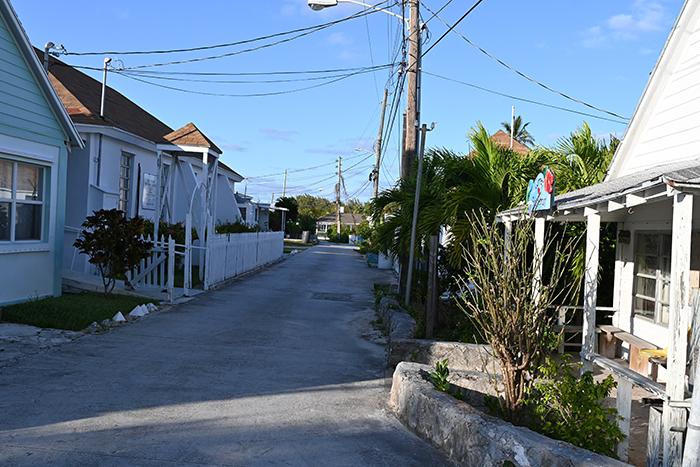
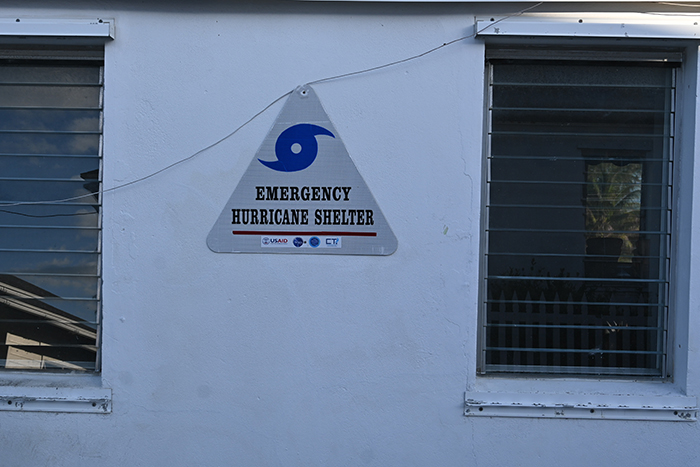
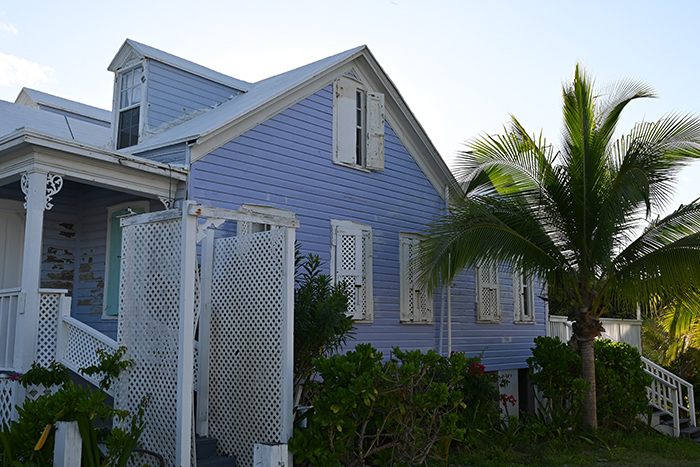
I had got to know this quiet back-water and fell in love with the simplicity and calm, so to hear of the devastation was upsetting.
I will never forget the scene: the whole lower side of the village was gone, replaced by a swamp of mud and sand. On the higher side, possessions hung in the bare branches of the trees — shoes, clothes, sheets, all the stuff of life. The residents were still in shock. An enormous surge had literally covered the settlement and many found themselves gasping for air in the apex of a roof.
No lives were lost — something of a miracle.
Back to the here and now, the peninsular thinned out and we could see new luxury homes and real estate signs announcing the sale of more plots. The Current was getting to be known for its serenity and the new homeowners were prepared. Each property was built to withstand any future surges, with sturdy stilted structures allowing the flow of water, should it come.
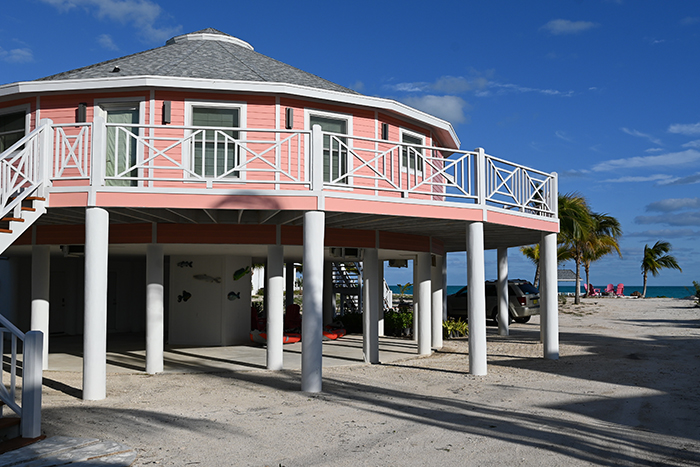
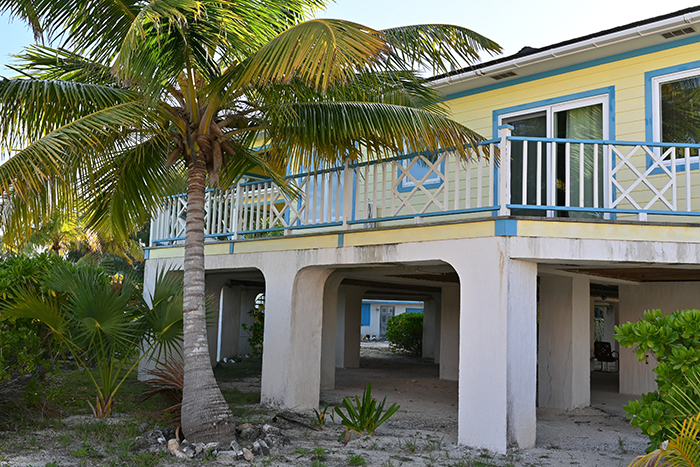
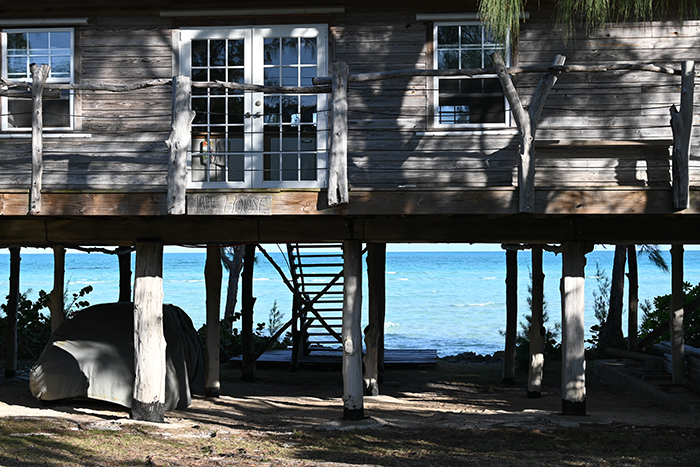
The old characters were long gone, but the village remained — it was not yet experiencing the ‘surge’ of interest that other places have been able to enjoy. Judy Eldin stopped in her car as I walked along, looking for the old holiday house. She told me that there were very few young people in the village now but was hopeful that perhaps the new home owners along the bay might inject a bit more life into the settlement — one of the oldest in Eleuthera.
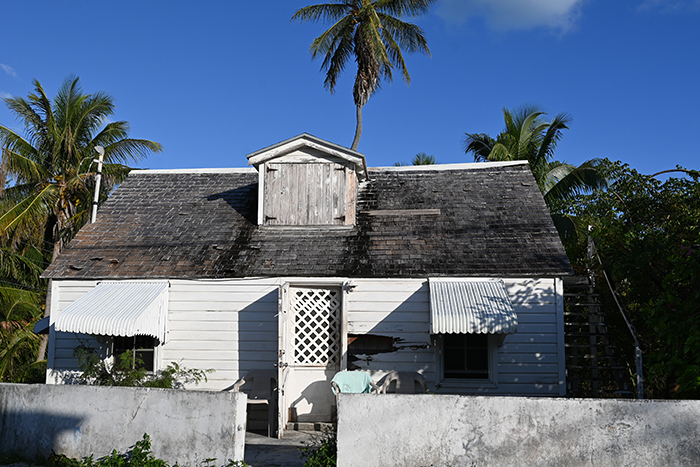
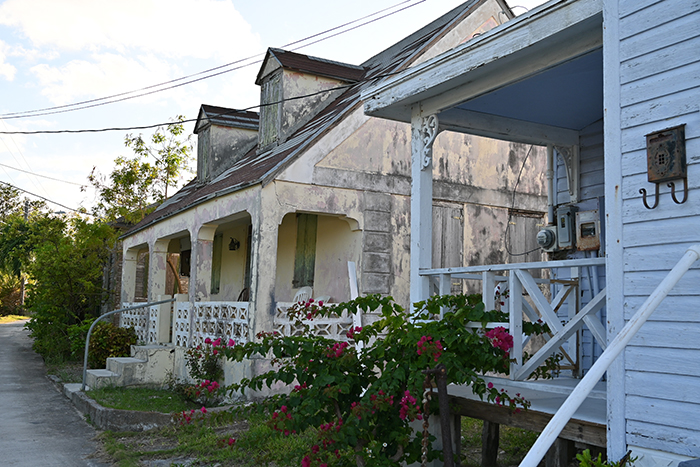
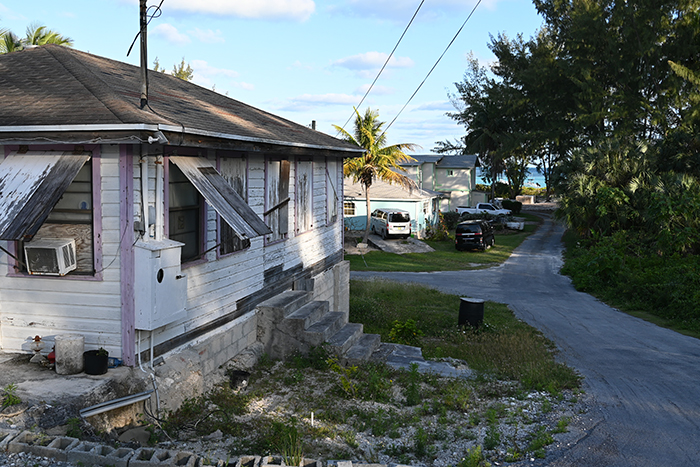
She and her family ran the Current Pride until just last year when they retired, selling to new owners. The old boat, the oldest operational wooden hulled mail boat, would soon be retired too and be replaced by a more modern vessel.
I told her how I’d enjoyed the adventure of sailing from Nassau all those years ago aboard her and how I’d marveled at the side-loading of a car on two thin planks — a practice long-since stopped.
Finding the narrowest point between the spit and Current Island where the water moves like hot oil, forced through the narrow gap by the power of the tides, all three of us enjoyed the sun setting on our Eleutheran Adventure in this special place. And then we heard the unmistakeable rhythm of the mail boat approaching.
Pulling alongside in the fast-flowing waters, The Current Pride had come home.
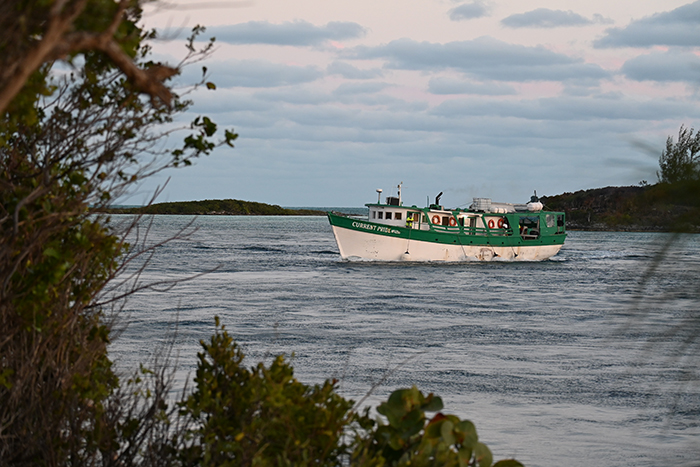
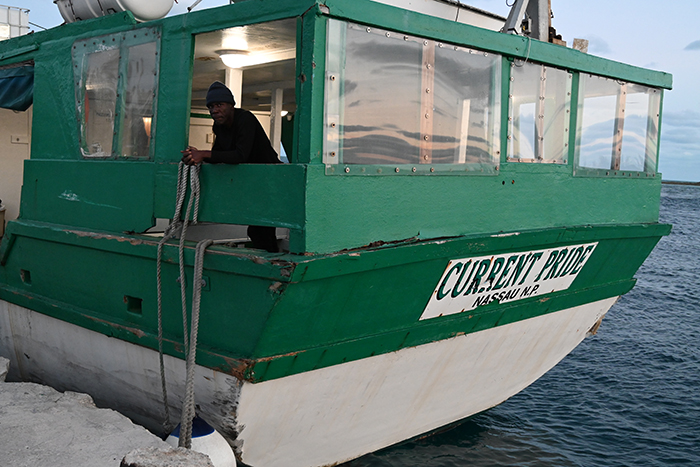
oldest in Bahamas fleet.
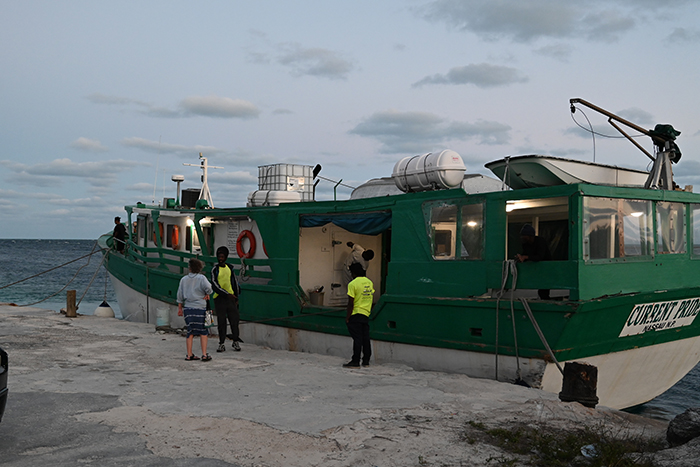
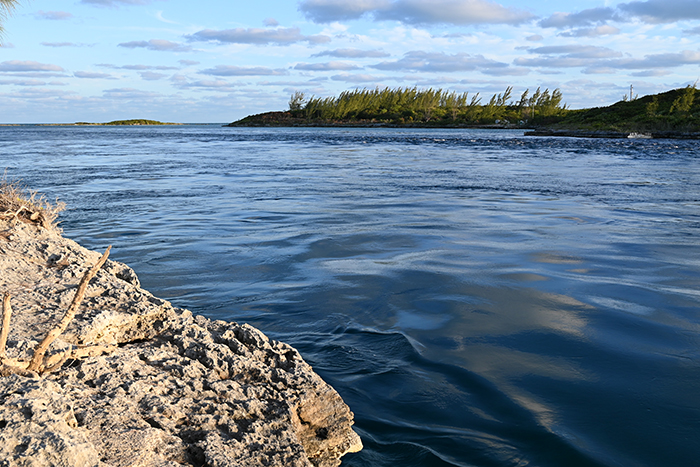
Written by: Jane Popov
Photos by: Nicolas Popov
Videos by: The Bahamian Project
